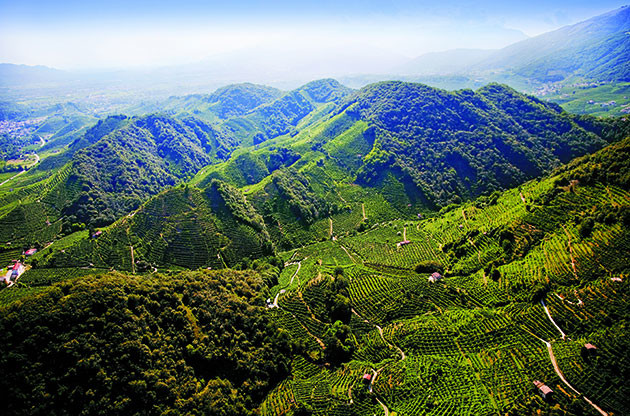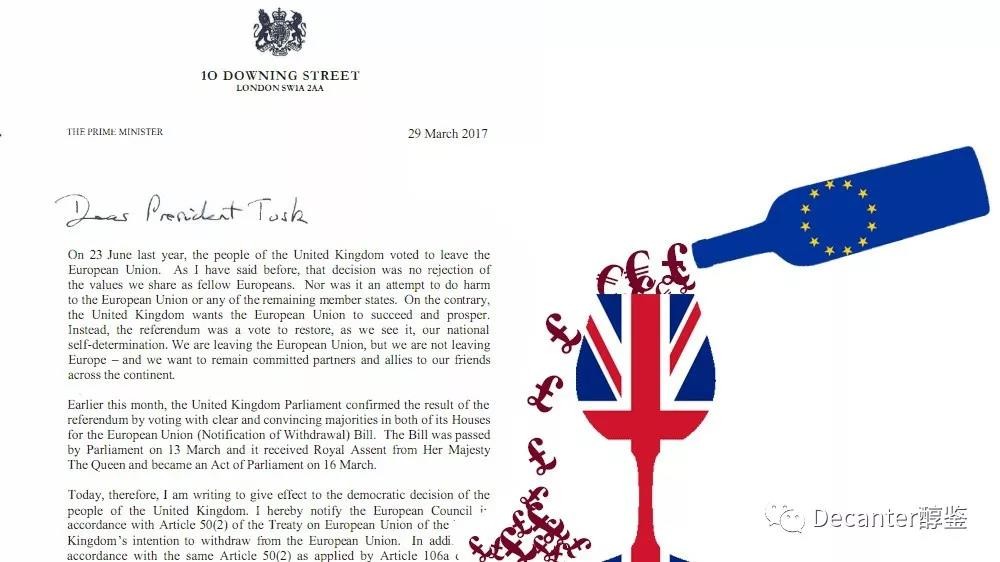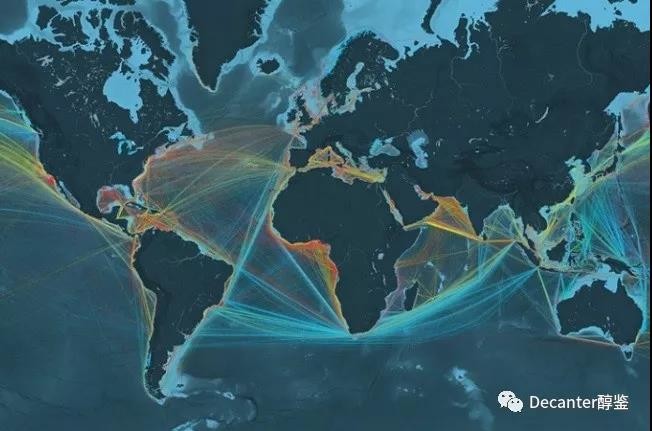Ernest Hemingway knew exactly what to expect from his glass of Valpolicella. In his 1950 novel Across the River and into the Trees, his mouthpiece, the cantankerous Colonel Cantwell, refers to his favourite drop as ‘the light, dry red wine which was as friendly as the house of your brother’. His readers might struggle to find an example to fit that description today: Valpolicella is a wine style in real crisis. Production has plummeted, and the style Hemingway loved is being squeezed flat between two monoliths: Ripasso and Amarone. The boom in the popularity of Amarone has caused an even more stratospheric rise for Ripasso: the more Amarone is made, the more lees become available and the greater the quantity of Valpolicella being refermented on those lees.
A second, more invidious threat puts Valpolicella’s future in further doubt. Since Ripasso was officially recognised – it was first incorporated into the Valpolicella denomination in 2007, receiving its own DOC in 2010 – a taste has developed for a rich, ripe style of Veronese red wine. At the same time, a new prototype of Valpolicella Superiore has been emerging, using either riper grapes that are harvested later (a process known as sovramaturazione) or grapes that are semi- dried using the appassimento process. In both instances the aim is to make a wine with greater colour, body and alcohol.
Valpolicella in a nutshell
Traditionally, Valpolicella DOC and Valpolicella Superiore DOC have been produced from freshly harvested grapes. There are small differences between the two categories in terms of production regulations, but there can be a million miles between them in terms of style. Unfortunately, labelling regulations don’t help the consumer to identify what kind of Superiore is in the bottle.
Occasionally a back label will state that the wine has been produced from uve leggermente appassite (lightly dried grapes) or refer to double fermentation where dried fruit must has been introduced at a later stage to kick-start a secondary fermentation; otherwise it’s a question of knowing the house style and the individual producer.
Click to see the full article on Decanter Premium>>

Translated by Sylvia Wu / 吴嘉溦
All rights reserved by Future plc. No part of this publication may be reproduced, distributed or transmitted in any form or by any means without the prior written permission of Decanter.
Only Official Media Partners (see About us) of DecanterChina.com may republish part of the content from the site without prior permission under strict Terms & Conditions. Contact china@decanter.com to learn about how to become an Official Media Partner of DecanterChina.com.










Comments
Submit